Mr. Bezos introduced reporters to Blue Origin for the first time on Tuesday, offering updates on his space tourism plans and a new engine that is being developed.
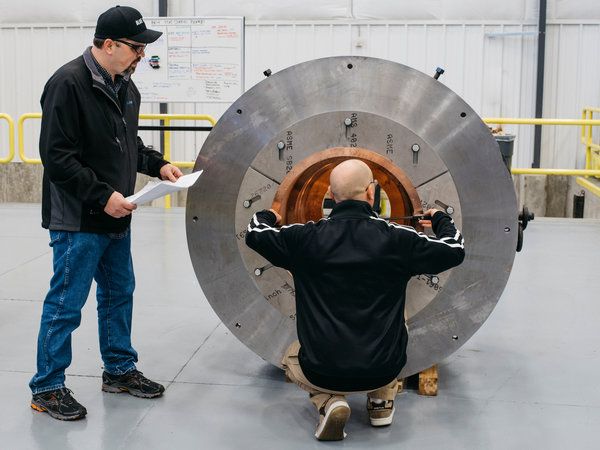


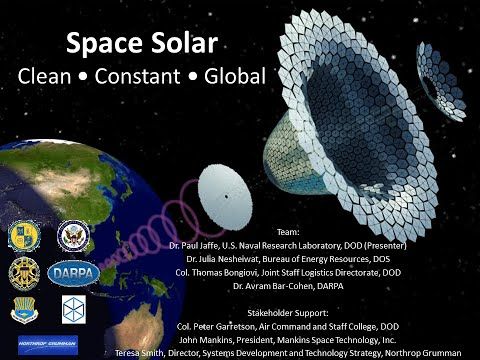

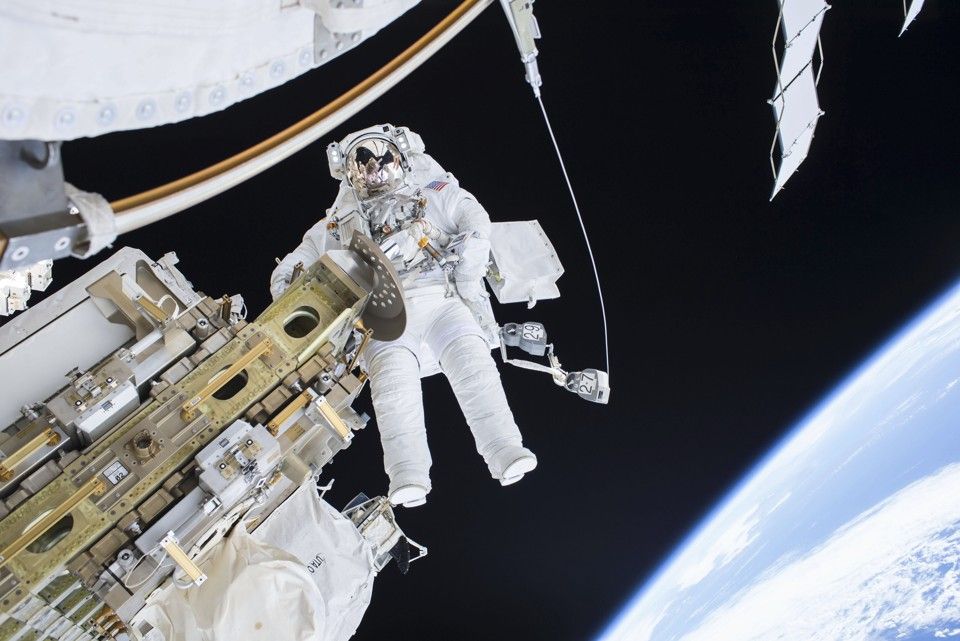
“The goal of the yearlong expedition is to better understand how the human body reacts to microgravity for long durations. Researchers say they hope the data acquired in this mission will help them figure out how to send humans on even longer missions, like one to Mars, which would take two-and-a-half years, roundtrip.”
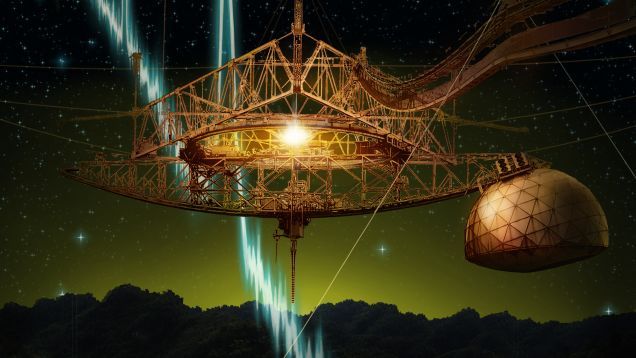
Fast radio bursts, or FRBs, are a source of endless fascination. But despite a decade of observations, not all astronomers are sure that they’re real. A study out in Nature today, which reports the very first recurring FRB, is now causing lingering skepticism to evaporate.
“I think this is pretty huge,” Peter Williams, an astronomer at Harvard’s Center for Astrophysics who was not involved with the study, told Gizmodo. “For awhile, I wasn’t sure these things were genuinely astrophysical. This paper settles the question.”
And Williams is not one to take splashy new claims about FRBs—high energy radio pulses of unknown origin, which flit across the sky for a fraction of a second—lightly. In fact, he’s spent the last week raising major doubts about another recent study, which, as Gizmodo and other outlets reported, claimed to have pinpointed the location of an FRB in space for the first time.
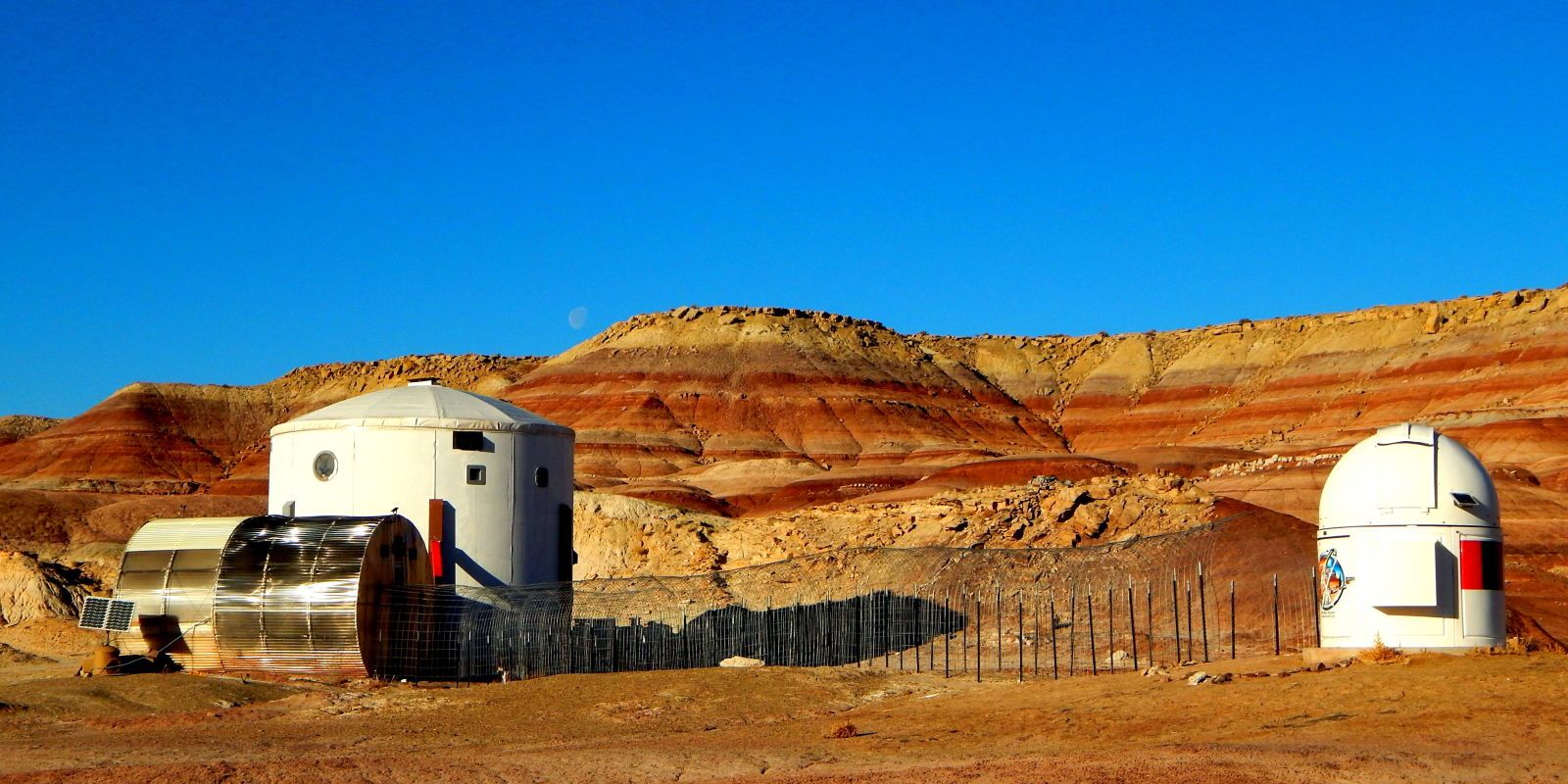

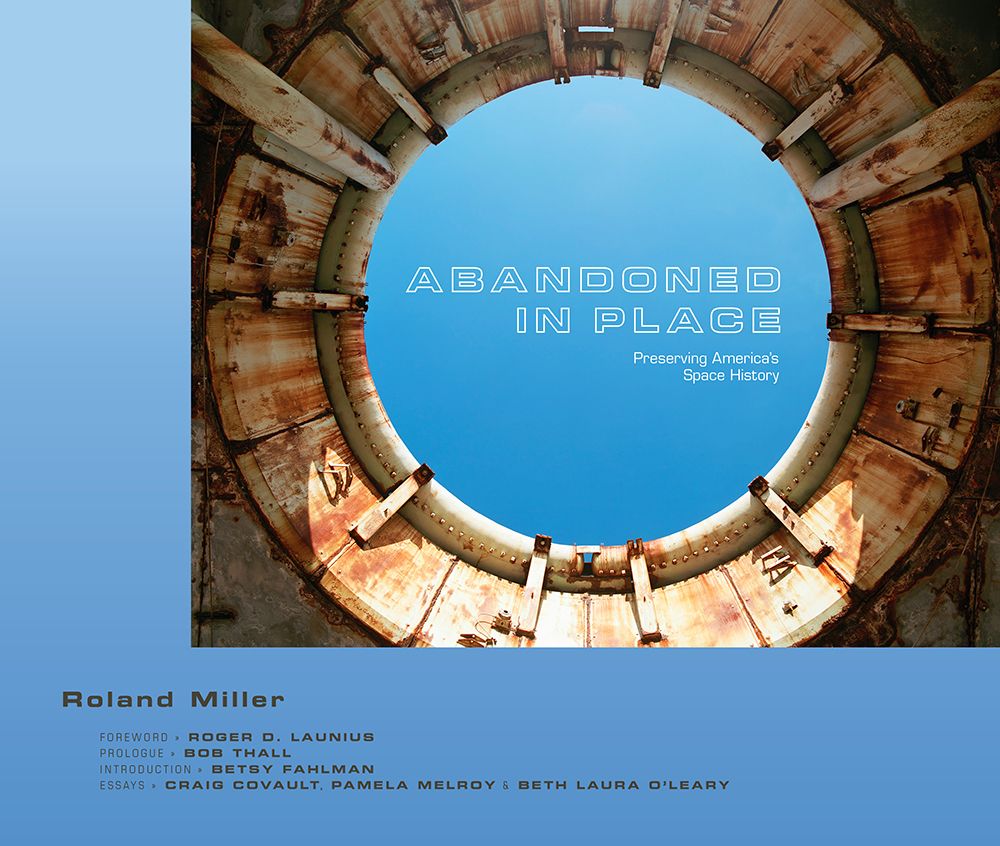
New book chronicles American space history left rotting at the pad; not just at Cape Canaveral but across the U.S. Not sure what can be done with behemoth launch pads, but perhaps a non-profit effort at restoring them or at least cleaning them up might be worth the effort.
Large swaths of America’s space heritage have literally been left to rot at the launch pad as is poignantly made clear in Abandoned In Place, a new book that chronicles long-neglected and largely forgotten aspects of U.S. space history.
Author Roland Miller’s oversized collection of photos and essays documents some 60 years of U.S. space history mostly at Cape Canaveral, Fla.
Abandoned In Place: Preserving America’s Space History includes coverage of both early U.S. Air Force and Army test launches as well as NASA’s first tentative steps with the Apollo program. In the process, Miller, Dean of Communications Arts at the College of Lake County in Grayslake, Ill., makes it painfully clear that although we have preserved and displayed crucial elements of U.S. space history in museums like the Smithsonian National Air and Space Museum, there are still large gaps in such efforts.